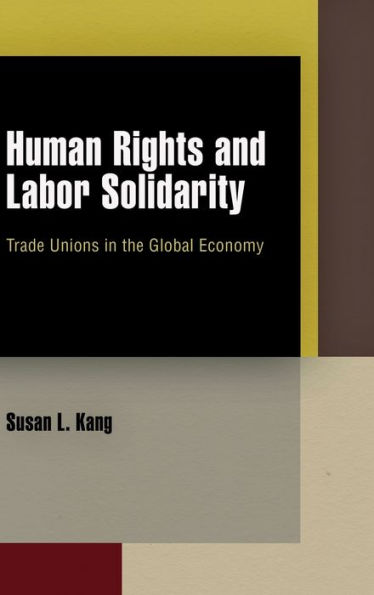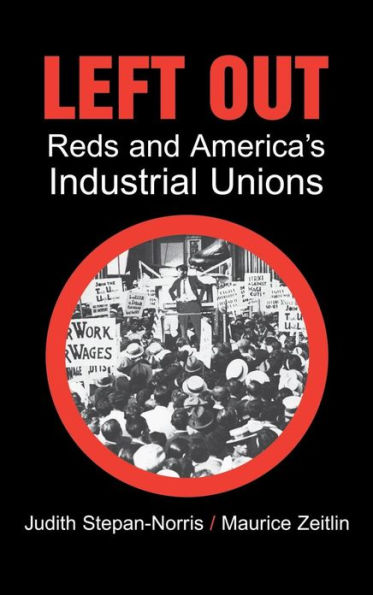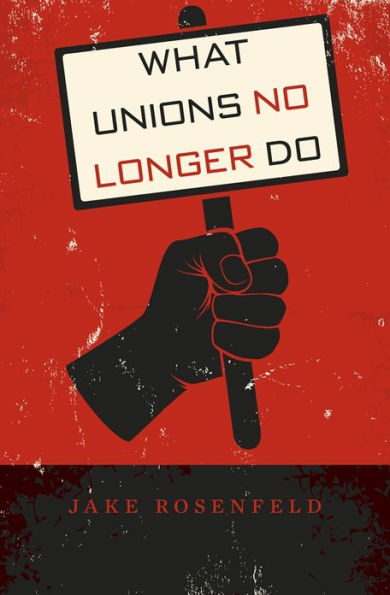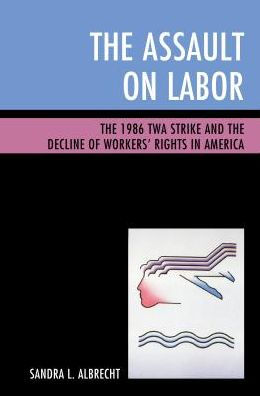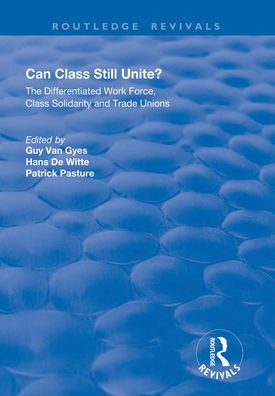Home
the Decline of US Labor Unions and Role Trade
Loading Inventory...
Barnes and Noble
the Decline of US Labor Unions and Role Trade
Current price: $20.00


Barnes and Noble
the Decline of US Labor Unions and Role Trade
Current price: $20.00
Loading Inventory...
Size: Paperback
*Product Information may vary - to confirm product availability, pricing, and additional information please contact Barnes and Noble
Between 1977 and 1997, there was a precipitous decline in the proportion of US workers with median education (12 years or less) who were represented by a labor union—from 29 to 14 percent; the unionization proportion declined much less among workers with above-median education (19 to 13 percent). The union wage premium also declined for workers with basic education, from 58 to 51 percent, whereas it rose slightly for better-educated unionists, from 18 to 19 percent. Thus, whatever safety net American unions provide was disproportionately lost by the less-educated workers who, arguably, need it the most.
In this study, Robert E. Baldwin investigates the role of changes in US imports and exports in explaining this dramatic decline. The main analysis (which includes workers in manufacturing as well as service sectors) relates changes in the number of union workers across industries to changes in domestic spending, imports, exports, and the intensity with which labor is used across these industries for both union and nonunion workers. Baldwin finds that although globalization (i.e., increased trade) seems to have contributed only modestly to the general decline in unionization, it has, more importantly, contributed to the decline in unionization among workers with less education. The study concludes with a discussion on the implication of this and the other findings for governmental policy and for the policy position of unions toward globalization.

